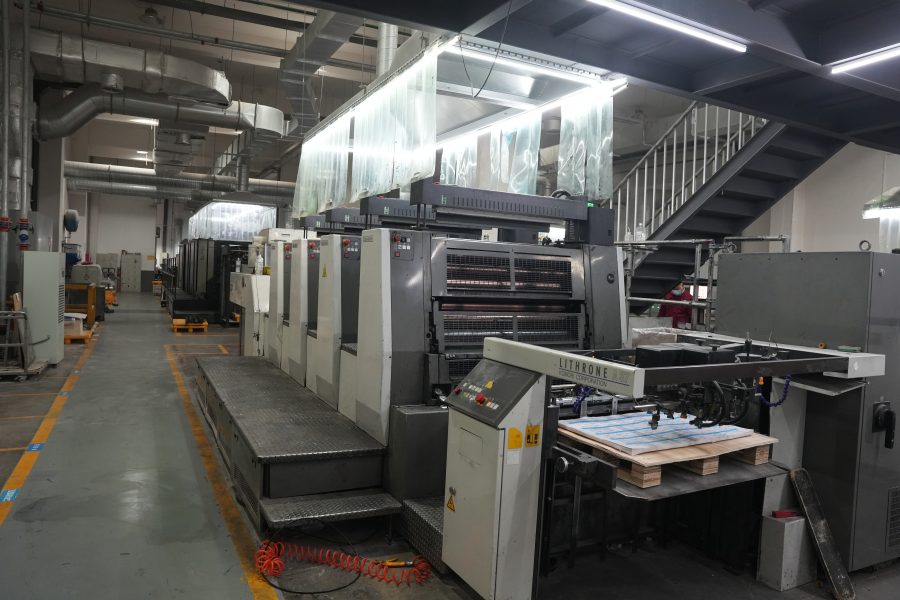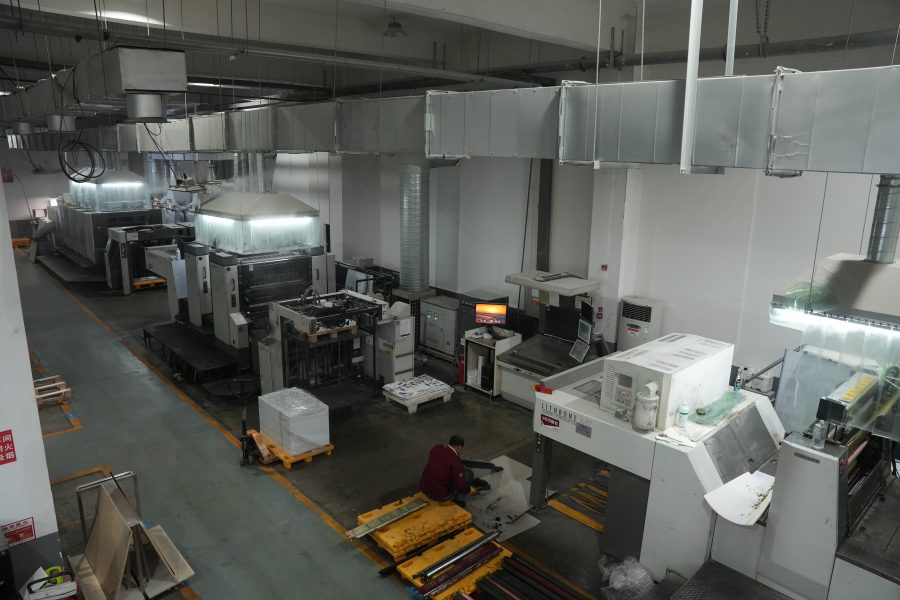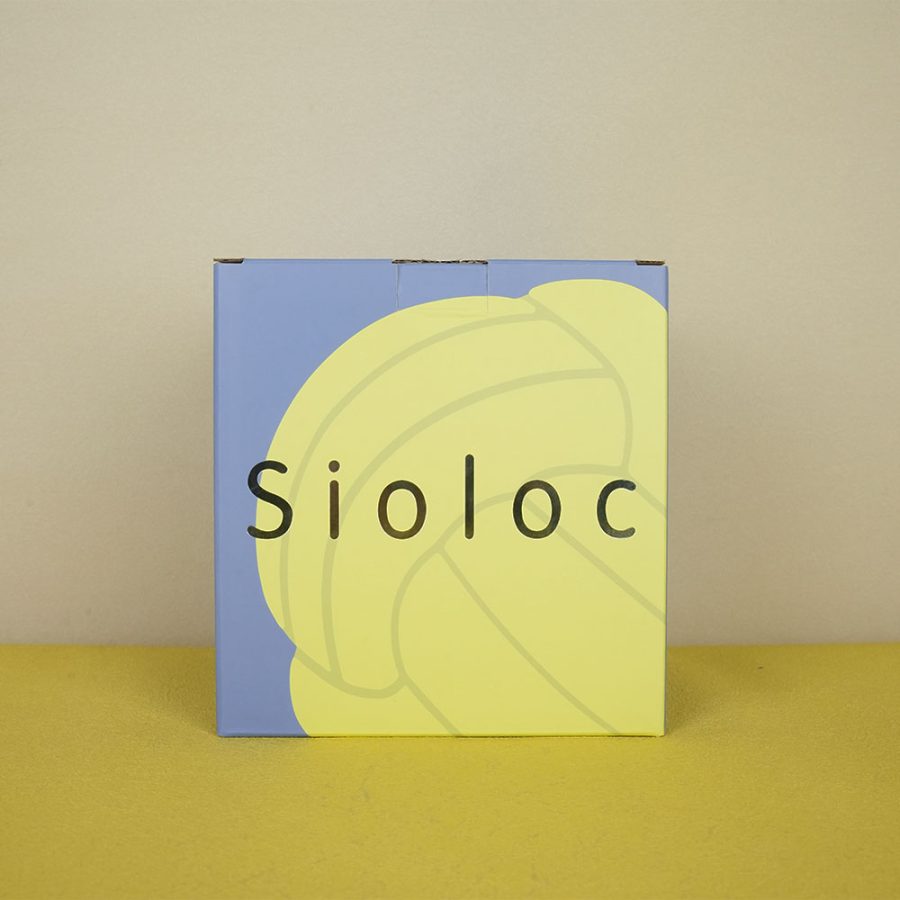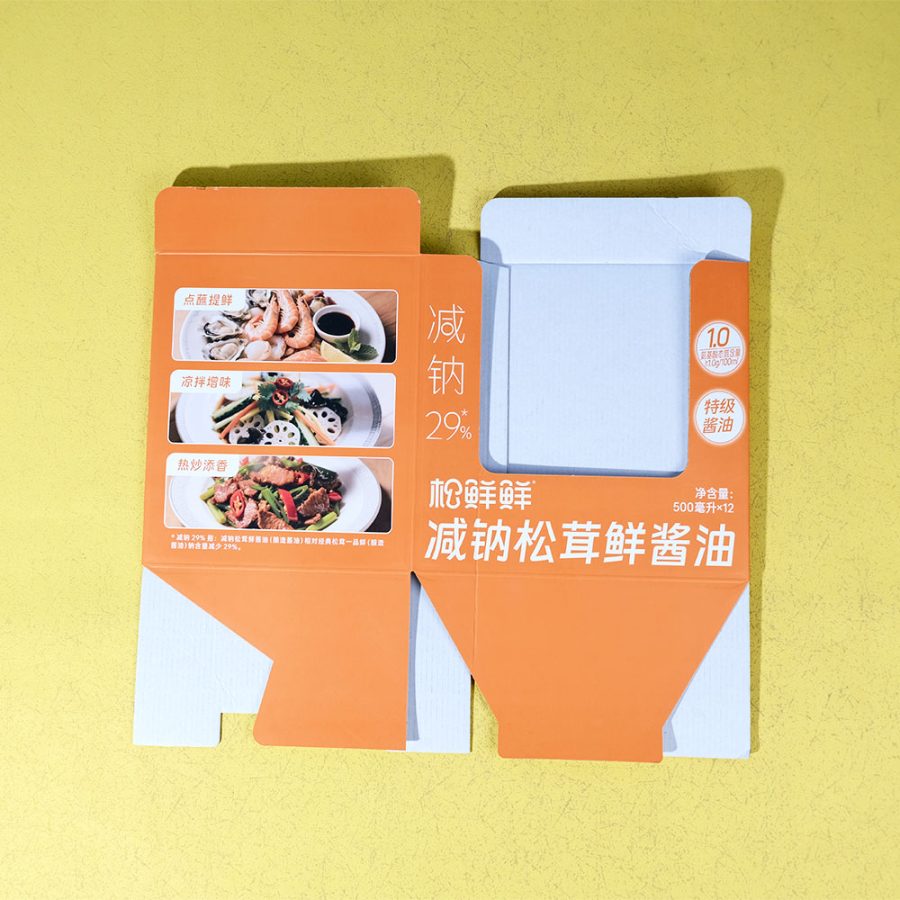Types of Inks in the Printing Industry

The printing industry utilizes a wide variety of inks, classified based on printing process, drying mechanism, substrate, and functional properties. Here is an overview of the main categories:
1. Classification by Printing Process
Different printing techniques require inks with specific properties.
Printing Process Ink Characteristics Common Ink Types
Offset Printing High viscosity, oil-based, uses water resistance Offset Inks, UV Offset Inks
Gravure Printing Low viscosity, highly fluid, volatile solvents Solvent-Based Gravure Inks, Water-Based Gravure Inks, UV Gravure Inks
Flexographic Printing Low viscosity, fast-drying, uses anilox rollers Water-Based Flexo Inks, Solvent-Based Flexo Inks, UV Flexo Inks
Screen Printing High viscosity, thick film formation Screen Printing Inks, UV Screen Inks, High-Temp Ceramic/Glass Inks
Digital Printing No traditional plates, computer-controlled output Inkjet Inks (Water-Based/Solvent/UV/Latex/Dye-Sublimation), Toner/ElectroInk
2. Classification by Drying/Curing Mechanism
How the ink solidifies on the substrate is a critical technical factor.
1. Evaporation Drying:
· Principle: Solvents (water or organic) penetrate the substrate and evaporate, leaving behind resin and pigment.
· Examples: Water-Based Inks, Solvent-Based Inks.
· Application: Flexography, gravure, some screen printing.
2. Oxidation Polymerization:
· Principle: Unsaturated fatty acids in the ink binders absorb oxygen from the air and polymerize, forming a solid film. Drying is relatively slow.
· Examples: Conventional Offset Inks, some screen printing inks.
· Application: Offset printing, book printing.
3. UV Curing:
· Principle: Photoinitiators in the ink react under ultraviolet (UV) light, causing monomers and oligomers to instantly polymerize and cross-link. No heat required, instant curing.
· Examples: UV Offset, UV Flexo, UV Screen, UV Inkjet Inks.
· Application: Nearly all processes, especially for non-porous materials (plastic, metal, glass) and high-quality prints.
4. Penetration Drying:
· Principle: The ink vehicle penetrates porous substrates (like paper), and the pigment remains on the surface.
· Examples: Newsprint Inks (for newspapers).
· Application: Highly absorbent paper printing.
5. Heat-Set Drying:
· Principle: Heat is applied to rapidly evaporate solvents and set the ink.
· Examples: Heat-Set Web Offset Inks.
· Application: High-speed web offset printing (e.g., magazines, catalogs).
6. Cooling/Cold-Set Drying:
· Principle: The ink is liquid when heated but solidifies instantly upon contact with a cold substrate (like a metal can).
· Examples: Metal Decorating Inks.
· Application: Metal can, bottle cap printing.

3. Classification by Substrate
Different materials require inks with specific adhesion properties.
1. Paper Printing Inks: The most common type, e.g., offset inks, book inks.
2. Plastic Printing Inks: Require strong adhesion and rub resistance. E.g., PVC Inks, PE/PP Inks (often require corona treatment), PET Inks.
3. Metal Printing Inks: Metal Decorating Inks, must withstand high temperatures, retorting, and solvents.
4. Glass & Ceramic Printing Inks: Usually High-Temperature Firing Inks (ceramic frits).
5. Textile Printing Inks: E.g., Textile Pigments, Dye-Sublimation Inks.
4. Classification by Environmental Impact & Solvent Type
This classification is increasingly important due to environmental regulations.
1. Solvent-Based Inks:
· Use organic solvents (esters, ketones) as carriers. Fast drying, stable performance, excellent adhesion, but high VOC emissions, less eco-friendly, strong odor. Primarily used in flexo and gravure for flexible packaging.
2. Water-Based Inks:
· Use water and water-soluble solvents as the main components. Very low VOC emissions, eco-friendly, non-toxic, safe. The mainstream ink for flexographic printing. Drying speed, gloss, and water resistance can be inferior to solvent-based inks.
3. Energy-Curable Inks:
· Primarily UV Inks and EB (Electron Beam) Inks. Nearly 100% solid, no solvent evaporation, most eco-friendly. Excellent performance (abrasion/scratch resistance), but higher cost.
4. Soy-Based & Vegetable Inks:
· Use soybean or other vegetable oils to replace petroleum-based oils. Renewable, biodegradable, vibrant colors, easier to de-ink for recycling. Mainly used in offset printing.
5. Classification by Special Function (Functional Inks)
These inks provide more than just color; they have special physical or chemical properties.
1. Anti-Counterfeit Inks: As detailed previously (fluorescent, thermochromic, OVI, etc.).
2. Conductive Inks: Contain conductive particles (silver, copper) for printing circuits (RFID antennas, flexible electronics).
3. Magnetic Inks: Used for printing MICR codes on bank checks for magnetic reading.
4. Foam Inks: Expand when heated to create a raised, textured effect. Used in textiles.
5. Scented/Aromatic Inks: Contain microencapsulated fragrances released when scratched.
Summary
Selecting the right ink is a comprehensive technical decision based on:
· Printing Process (Offset, Gravure, Flexo, Screen, Digital?)
· Substrate Material (Paper, Plastic, Metal?)
· Drying/Curing Capabilities (UV lamps, hot air dryers?)
· End-Use Requirements (Abrasion resistance? Water resistance? Heat resistance?)
· Environmental Regulations and Cost (VOC restrictions? Budget?)
This vast array of ink types supports the enormous printing world, from newspapers and books to high-tech electronic devices.







